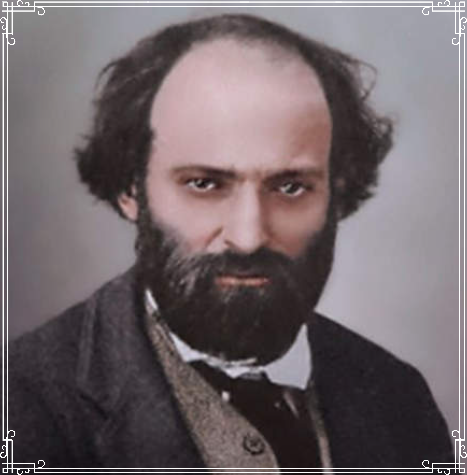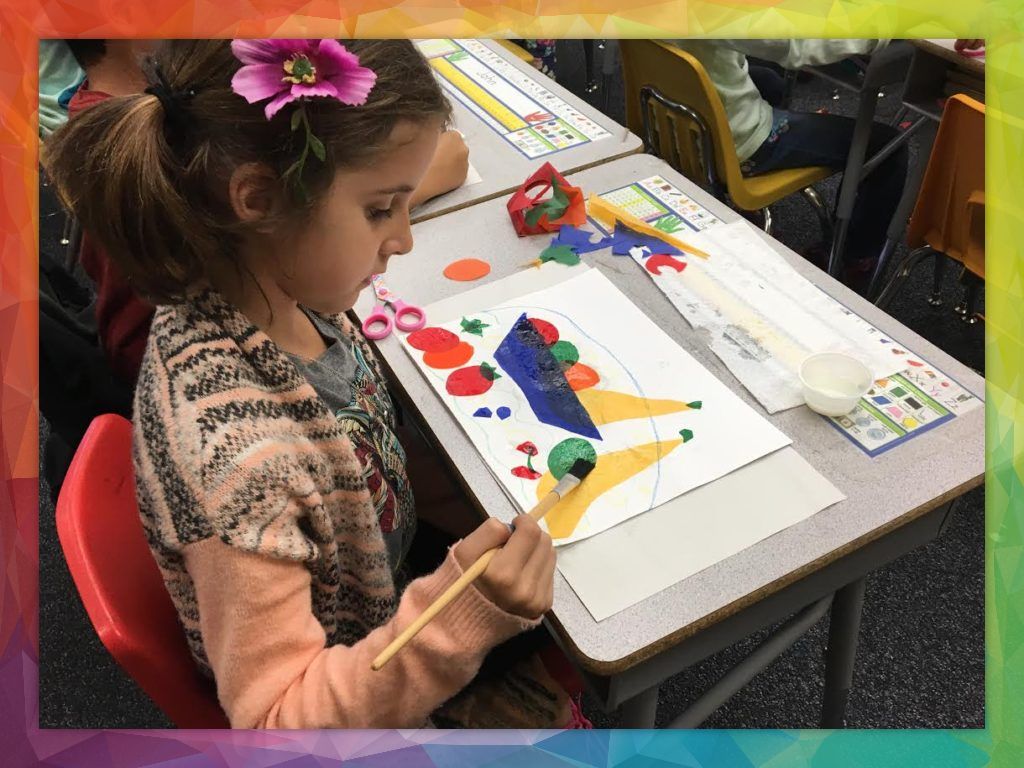
Born in France, in 1839, Paul Cézanne’s work laid the foundation for modern art.
He was a pioneer in the art world and known for his innovative approach to still life and landscape painting.
That approach transformed everyday scenes into extraordinary compositions through a unique use of geometric shapes and color.
His meticulous attention to form and structure set him apart from his contemporaries, and his influence is seen in the works of later artists like Picasso and Matisse.
Despite facing initial criticism and lack of recognition, Cézanne remained committed to his vision and eventually became one of the most respected artists in history.
Here’s why Cézanne is one of our 35 masters:
- His groundbreaking use of geometric shapes to simplify nature.
- His ability to convey depth and dimension through color and form.
- The way he challenged traditional perspectives and paved the way for modern art.

Your students will be inspired by Cézanne’s revolutionary techniques. They’ll see the world through a new lens and appreciate the underlying shapes and structures in everyday objects.
Here’s what Cézanne can teach your students:
- The importance of geometry and structure in art.
- How to use color to create depth and contrast.
- The value of persistence and dedication in pursuing one’s artistic vision.
These lessons will help students develop their own unique style and approach to art, and it’ll encourage them to think outside the box.
Here’s how you can bring Cézanne’s influence into your classroom:
- Start with a dynamic presentation that uses engaging slides and music to introduce Cézanne and captivate your students.
- Use the self-guided packets that go into Cézanne’s methods and prepare students for hands-on projects.
- Transform your classroom into an art studio where students can create still life and landscape paintings using Cézanne’s techniques while they focus on geometric shapes and color contrasts.
By studying Paul Cézanne, your students will not only learn about art. They’ll also develop a deeper appreciation for the beauty and complexity of the world around them.
Check out our student gallery to see what students have already accomplished.
Creatively yours,
Meet the Masters
Inspire – Educate – Create
Dig Deeper:
